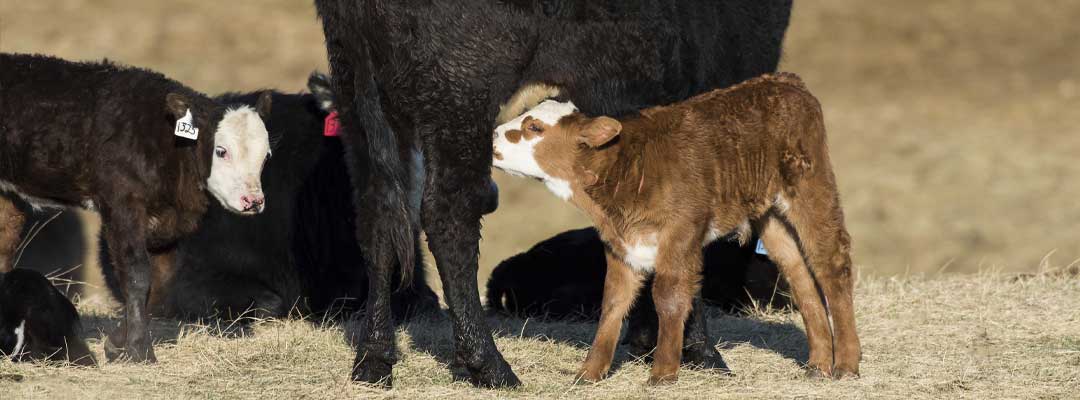QA: Pulling a Calf + Using Calving Chains
Choosing calf pulling chains, using them and more

When times call to pull a calf using calving chains -- also referred to as calf pulling chains and OB chains -- make sure that you are well-prepared. Arnold Nagely, DVM, co-founder of Valley Vet Supply, shares answers to questions about choosing them, using them, properly cleaning them and more.
Which calf pulling chains are best?
When you’re pulling a calf, you’ll want calf pulling chains that are easy to use, durable to last, and easy to clean. Dr. Nagely recommends that for material, producers look to, Either Stainless Steel or Premium Quality nickel-plated OB chains, which are the best quality for reliable performance, ease of use and long-lasting durability.”
There are also a few differing lengths available, to which Dr. Nagely advised that, “If OB chains are to be utilized, using two 30” chains -- one on either leg -- is usually more practical than one 60” chain serving both leg applications.”
When should you intervene with calving?
Dr. Nagely advised that, “Assistance may be indicated when the calf’s feet and/or nose are apparent from the birth canal, but not much progress is being made after 30 to 45 minutes. In the judgment of an experienced cowman or veterinarian, a determination can be made for the most appropriate method to assist in bringing a newborn calf into the world. This may be by pulling the calf by the front legs, or by the back legs (breech delivery), or possibly by cesarean surgery.
The experience and judgement of a long-time cow/calf producer, or a livestock veterinarian, can be invaluable in understanding birthing situations and decision making.”
Where do you put a calving chain?
When a helping hand is needed, make sure you’re aware how to properly place the calving chains. Dr. Nagely’s guidance for the best OB chain placement technique is to, “Place a chain loop around the leg just above the fetlock (ankle), plus a half-hitch just above the hoof. This two-point spread of tension will avoid the risk of a broken leg from excessive chain tension.”
It’s crucial to take the time to correctly place the calf pulling chains around the baby calf’s legs, to help ensure both a sound and healthy calf and cow after the delivery. Below, Dr. Nagely shares best practices for using calving chains.
How do you use a calving chain when pulling a calf?
But what if progress isn’t being made by using calving chains?
“If using the calving chains is not sufficient, a calf puller is often utilized to assist in the delivery,” Dr. Nagely said.
A calf puller is different from calving chains. Such as with Dr. Franks Calf Puller, which was invented by B.N. Frank, DVM, a specialist in veterinary obstetrics, the calf puller will provide uniform consistent tension, resulting in no slipping or backing-up of the jack. With traction on the calf and counter-thrust against the cow, this unique fetal extractor induces spreading of the pelvic bones, elevation of the abdomen and arching of the animal’s back, while assisting in the natural birthing process. There are several different calf pullers available, so it’s best to refer to their detailed instructions before calving season, so when you need it, you’re well-versed in using your calf puller and not fumbling with the instructions or googling how-to videos when time is of the essence.
“If reasonable tension by the calf puller is not resulting in the delivery progress, the producer may need to re-evaluate and possibly enlist the services of a livestock veterinarian. A cesarean may or may not be deemed necessary,” Dr. Nagely said.
How do you clean calving chains?
It is a best practice to clean and disinfect the calving chains both before and after use. Clean the calf pulling chains using an antiseptic solution. Then, disinfect them using Chlorhexidine. Similar to the chains you keep in your truck for a muddy day, it’s best to let them thoroughly air dry before storing them in a dry place. Doing so will help avoid corrosion of the material.
What should be in a calving kit?
Consider purchasing a complete calf birthing kit -- or building one yourself -- to have on-hand at all times. Recommended items to keep in this calving kit include:
Shop everything you need for calving at veterinarian-founded ValleyVet.com.


